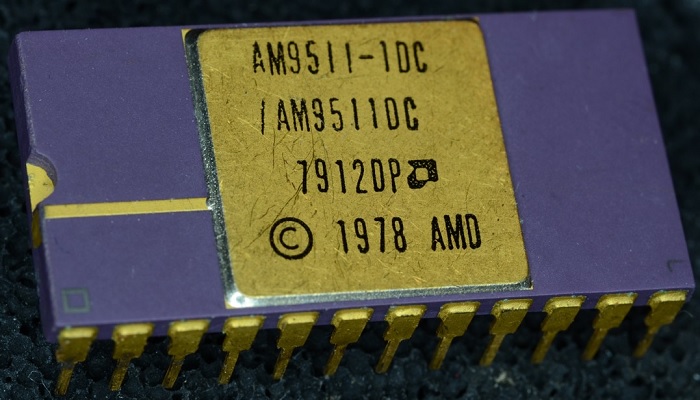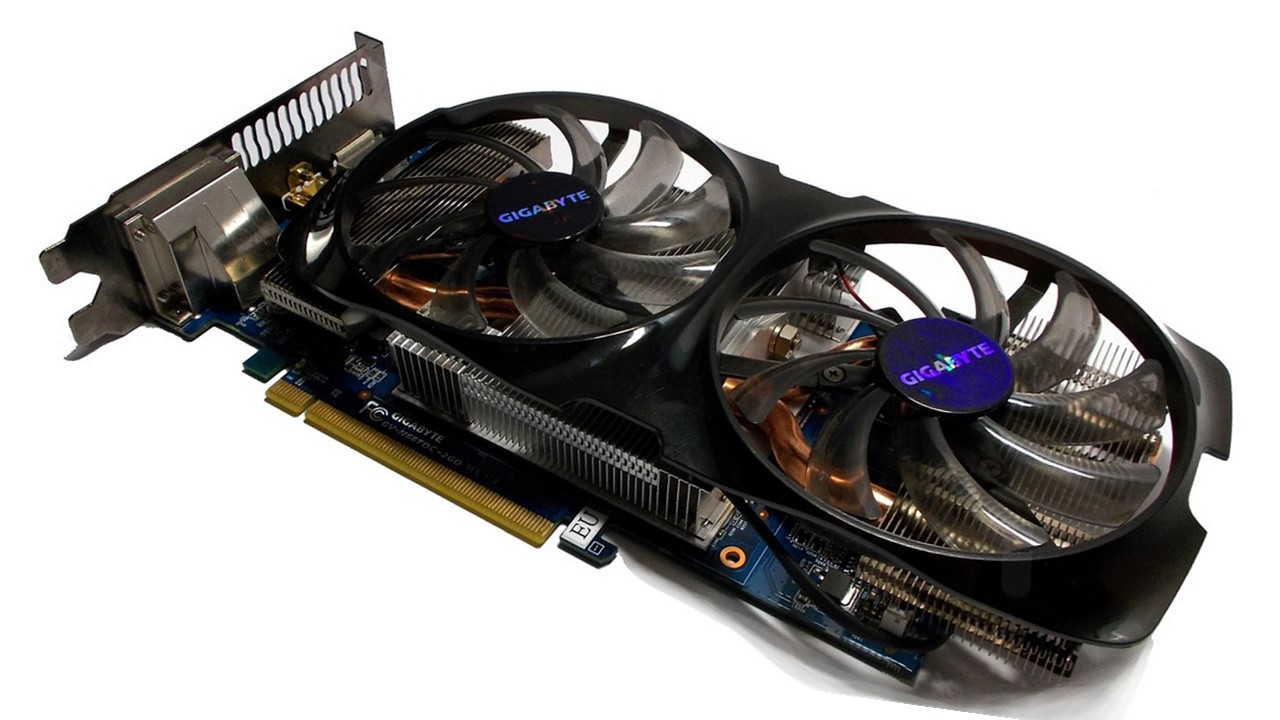In This Article
What is Coprocessor?
A coprocessor is another type of processor used for a special purpose. This basically helps the Central Processing Unit or the CPU of the computer to carry out special operations such as computer graphics, math operations, and encryption.
In simple words, a coprocessor is a supplementary processor that offloads the main processor of the computer from the intensive tasks in order to expedite the overall performance of the system.
KEY TAKEAWAYS
- The coprocessor is the second processor of a computer that focuses mainly on specific tasks rather than the general purpose ones.
- These processors are either connected to the motherboard directly or may be integrated on a different daughterboard such as a PCIe add-in card.
- The coprocessor offloads the core processor saving its time and resources so that it can run at a higher speed.
- The operational speed of a coprocessor is usually higher than the core processor and therefore it adds up to the overall speed of the computer system.
- This additional processor has a completely different circuitry that helps in complementing the functions of the CPU of the computer system.
Understanding Coprocessor

A coprocessor is an additional computer processor that comes with an entirely different circuitry and performs specific tasks to reduce the pressure on the primary processor.
These tasks include:
- Mathematical calculations
- Graphics
- String processing
- Signal processing
- Encryption and decryption
- I/O interfacing with different peripheral devices
- Cryptography and more.
The design and properties of these coprocessors also allow them to perform complex floating point arithmetic operations such as:
- Addition
- Subtraction
- Multiplication
- Calculating logarithmic values of given numbers
- Estimating square root of a number and more.
However, these special processors are not capable of managing memory or retrieving instructions from it, carrying out flow control type of instructions or performing I/O operations.
For this, they have to rely on the main CPU of the computer system.
Ideally, one of the most significant properties of a coprocessor is that it cannot function without the primary processor.
This is because the core processor needs to spot and separate the computationally demanding instructions that need an exhaustive amount of calculations in a program.
These instructions are carried out by the coprocessor while all of the other activities are handled by the main processor.
Ideally, these second processing units in a computer may also function as a dual physical processor on the same motherboard as it is in the servers.
On the other hand, in the case of supercomputers and other high-performance computers, these processors may also serve general purposes such as those of a PCIe or Peripheral Component Interconnect Express add-in card.
The coprocessors vary in functionality as well as in their degree of autonomy.
For example, the FPUs are controlled directly by the coprocessor instructions that are typically embedded in the instruction stream of the CPU.
On the other hand, there are independent coprocessors that can work asynchronously by their own right but are not perfected for general-purpose codes.
This is mainly due to the limited focus of the instruction sets for expediting specific tasks.
Based on the above fact, the coprocessors can be of two major types such as:
- Independent coprocessors that function in an asynchronous manner, taking decisions independently, thereby freeing up the CPU to perform other tasks and
- Direct control coprocessors such as floating point units that work in sync with the CPU and are controlled by it.
The coprocessors are designed to coordinate with the core and are pipelined in the same manner.
With a new set of specific instructions, the coprocessors can also increase the instruction sets.

Coprocessor Examples
One of the most commonly used and known coprocessors is the Graphics Processing Unit or the GPU on the motherboard of a computer system.
The Apple M7 and M8 motion coprocessors are also commonly used in mobile devices for managing sensor integration.
However, there are also a few other common examples of coprocessors as mentioned hereunder:
- The IBM PC optional floating point arithmetic coprocessor is considered to be the original and first coprocessor that helped in doing math in software at a greater speed in CAD or Computer Aided Design systems.
- The Intel 8087 was also one of the early math coprocessors that could handle 16-bit operations and deliver results of high floating point computations fast.
- A soundcard is also an example of a coprocessor that processes audio signals with signal isolation that enhances the quality of the sound output.
- Neural Processing Unit or NPU is another good example of a coprocessor that is used specifically to handle and expedite AI workloads. At a higher level, these NPUS are just like GPUs but they are responsible only for the AI performance both on computers and smartphones.
- In the high-end systems, there is a network processor which is also a coprocessor responsible for handling incoming and outgoing network traffic and packets regardless of their size.
- Crypto-processor is a special coprocessor used in cryptography for encryption and decryption of messages to ensure secure transmission of data.
Today, you will get a lot of different coprocessors integrated directly into the CPU die itself.
All these units manage the communication between the chipset and its other components and with the rest of the components of the computer system.
What is a Coprocessor Used for?
A coprocessor is mainly used as a supplementary processor in the computer to handle specialized tasks such as graphics and arithmetic calculations in order to reduce the workload of the core processor.
The math coprocessors perform arithmetic calculations of simple and complex types on numbers, spreadsheets, a CAD program, and others and produce results fast to increase the overall computing speed.
The video coprocessors are used to expedite the graphics performance and display images on the screen faster.
What Are the Advantages of a Coprocessor?
One of the most significant advantages of using a coprocessor is that the main CPU will then not have to perform the special tasks. It will reduce the strain on the CPU and save on the time and resources that can be used for other tasks.
Some other benefits offered by the coprocessors are:
- The overall performance level and speed of the computer system are both enhanced
- They are designed to produce the results of the specialized tasks much faster than the main CPU and
- These special-task processors have a varied usability, from simple to complex tasks, which includes every performance aspect of a computer, right from signal and string processing to encryption and decryption.
Is the GPU a Coprocessor?
Yes, the GPU of a computer is the most common example of a coprocessor. These units can parallelize graphics operations and produce quick results using their several SIMD or Single Instruction, Multiple Data multiprocessors and a huge amount of device memory.
Ideally, the GPU is a multi-core computing hardware. It can also be used for expediting general-purpose computations such as spatial analysis and modeling and GIS or Geographic Information System algorithms.
These coprocessors work alongside the CPU to support a sort of heterogeneous computing.
Is MMU a Coprocessor?
Yes, an MMU or a Memory Management Unit is a coprocessor. It is designed to manage the main memory. This specific coprocessor can also map different virtual addresses to the physical addresses.
The MMU follows paging as its working principle which involves the following:
- Dividing the memory space into several areas to a specific size
- Allocating a memory area created to the processes and
- Monitoring the process.
In addition to that, the MMU also comes with a protection mechanism that is set off when it is required to prevent the processes from moving from their allocated or dedicated areas to other locations.
What is a Coprocessor Register?
The coprocessor register, which is better known as coprocessor access control register, is that specific unit that sets the access rights for the coprocessors.
Some other tasks performed by the registers are:
- Providing operands to the Arithmetic Logic Unit or ALU
- Holding instructions and other important data and
- Storing results of different specific operations.
These registers, however, do not have any effect on the system control or the debug control coprocessors.
Processor Vs Coprocessor
- The processor takes care of all the tasks a computer has to perform, but, in comparison, a coprocessor performs only specific tasks such as arithmetic and graphics calculations
- The coprocessors customize the computer and produce results much faster than the main processor and
- The processor is a separate electronic circuit that produces and sends control signals to other components of the computer to synchronize the tasks, whereas a coprocessor is a part of a plug-in board or the CPU package.
What is the Graphics Coprocessor Used for?
The primary use of a graphics coprocessor is to perform different 2D and 3D graphics rendering and geometry functions with the sole intention of offloading the primary CPU from performing these special tasks and enhancing its performance and speed.
Conclusion
A coprocessor in a computer can be a secondary, tertiary, or quaternary unit and so on, which helps in offloading the workload of the main CPU.
Working in an optimized manner, these units enhance the overall performance and speed of the computer system negating the chances of any wastage of CPU power.